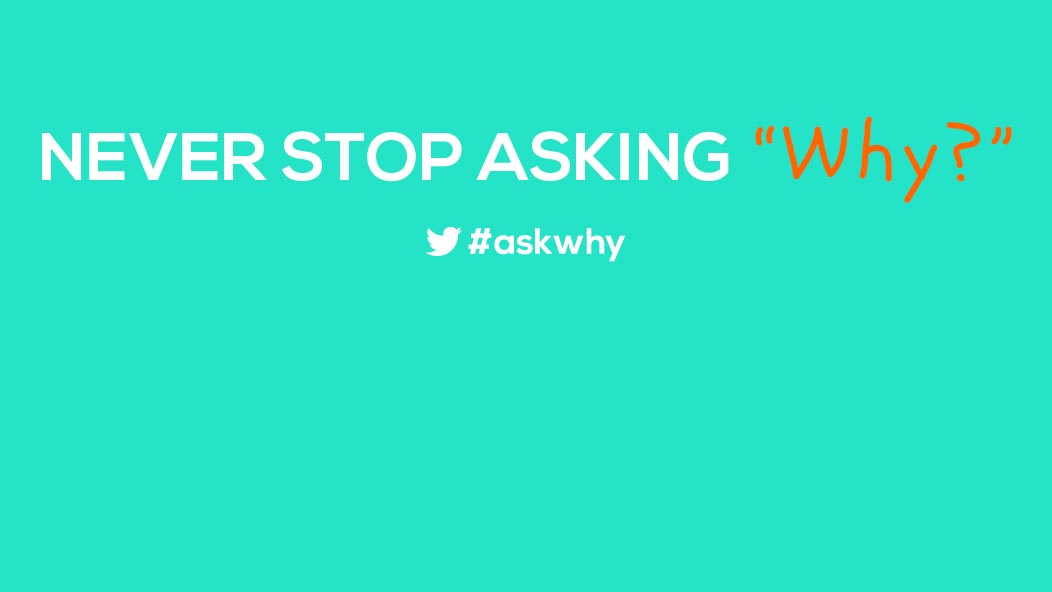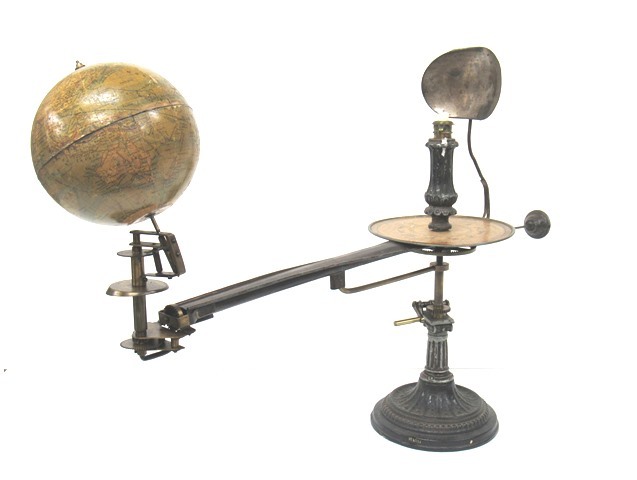
How many times have you wished for more time in a day? Well, we can thank Earth’s rotation for those measly 24 hours. And, while the daylight hours are getting longer, it’s not by much. In 3015, a day will only be about 2 milliseconds longer than today. This got us thinking, why does the earth spin anyway? Today, we answer this questions with help from NASA’s Space Place and Universe Today.
According to scientists, 4.54 billion years ago, an immense cloud of dust and hydrogen gas began to collapse, which caused the dust cloud to flatten and spin. As it became flatter, the disk rotated faster and faster.
From a bulge at the center of the spinning disk, the Sun formed. Over the next few hundred million years, this volatile spinning continued around the Sun. As dust particles collided and clumped together, they formed planets, moons, asteroids and comets.
“Scientists think that a large object, perhaps the size of Mars, impacted our young planet, knocking out a chunk of material that eventually became our Moon,” according to NASA’s Space Place. “This collision set Earth spinning at a faster rate. Scientists estimate that a day in the life of early Earth was only about 6 hours long.”

German orrey—a model of the solar system—from 1870.
Today, Earth continues to spin because of inertia, which is an object's resistance to changes in its current state of motion. While the moon, the sun, and other objects in our solar system create forces that work against Earth's spin, they're not strong enough to prevent our blue marble from stopping. They’re just strong enough to slow its spin by 1/500th of a second over the next 100 years.









